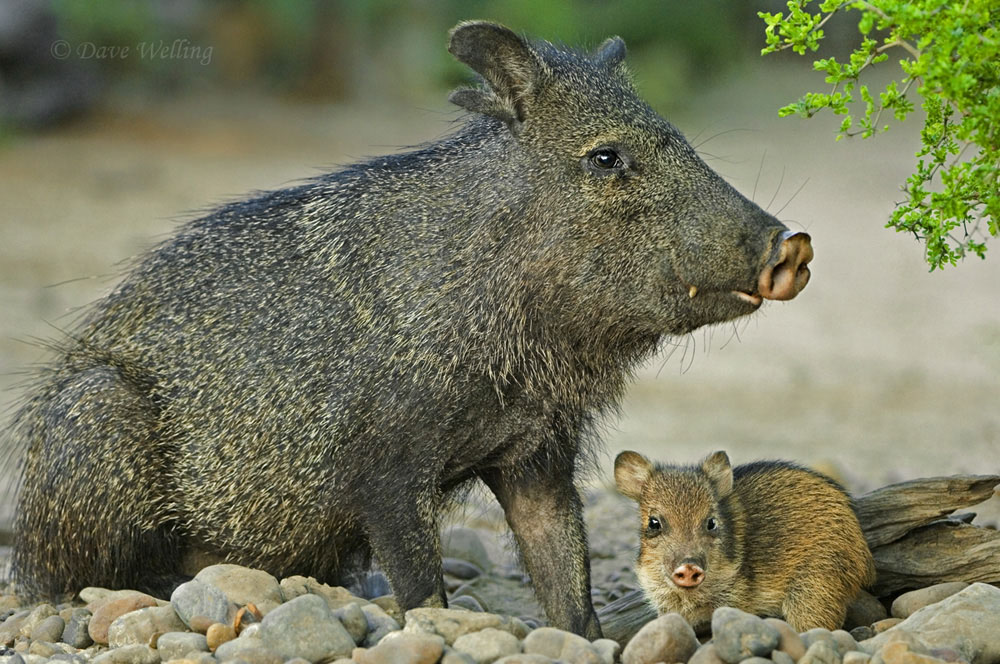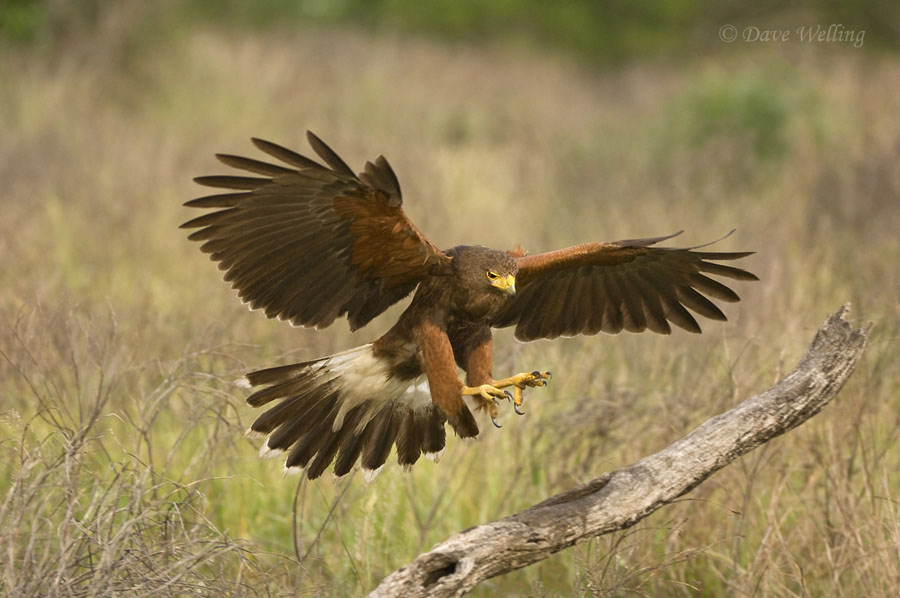Want to improve your chances for capturing great wildlife images? Try photographing from a photo blind that has been set up to optimize the setting and viewing angle of your wild animal subjects. Several private ranches in Texas have built special photo blinds at ponds or water features that cater specifically to wildlife photographers. These blinds are built into the ground so you can photograph your subject at eye level, a much more pleasing and intimate composition.
Photographing at a permanent location offers many advantages to wandering the forest or driving along a tour route in a national wildlife refuge looking for wildlife. These permanent sites have been set up with optimized backgrounds and settings minimizing extraneous elements in your composition. The wildlife is used to the blind and comes for water in a relaxed mode so your subject will look more natural in your photos. Often, when you follow an animal in the wild hoping for a photo, it will become stressed, which is both bad for the animal and your photo.
This javelina mother with her very young baby was photographed at a ranch blind setup. She is comfortable and the baby shows no signs of stress. I was sitting below ground level in my blind. Notice that I am right at eye level with the baby giving the viewer a feeling of direct eye contact rather than looking down on the animal from a raised position. You would have a very small chance of recording anything like this wandering the thorn-bush scrub country where they are found.

When you have interesting, relaxed subjects posing with nice soft backgrounds, take extra time to improve your images even more. Make sure the eyes of your subject are in sharp focus and try for a little catch-light in the eyes. Low level fill-flash can help add catch-light. I use fill flash around -2. It seldom disturbs the animal. Do a quick check with flash on the animal. If it twitches turn off the flash. Birds may be less receptive to flash than mammals.
This Harris hawk used a log in front of a blind for a perch to look for (believe it or not) frogs in the small water hole at the blind. He would always approach from the same direction so I set up a composition to give him extra space to fly into the frame and pre-focused on a point slightly behind the log to get him in sharp focus just as he flared for landing. Then I turned off my autofocus and watched him through the photo blind opening, not through my viewfinder. As he got close to the area framed in the composition I would trigger the shutter set on high speed continuous. That way, I captured several images as he flew through the scene. This optimized my chances for an interesting capture, like you see here.

If you have a couple of days photographing from a permanent photo blind, learn a little about the behavior of the wildlife. This helps greatly with framing your images and looking for interesting behavior. This group of whitetails would come to drink late in the day and I was ready for them when they showed up one day. I framed the shot and waited for some interesting poses. Sometimes animals will react to the click of your shutter. Try an initial shot and see if they look up, like the one did here. It added to the scene, especially since the standing deer decided to lick his lips at the same time.

Regarding the click of the shutter, even though the wildlife may be used to the blind and somewhat comfortable with people around, always remain quiet and keep your movements in the blind to a minimum. Always be respectful of the animals you are photographing. If your behavior appears to stress them, stop what you are doing or be prepared to leave the area. When photographing from a blind, even though you are close, use your longer lenses, and zoom telephotos give you great flexibility. A tripod is mandatory.
Check out some of my favorite ranches based in the Rio Grande Valley of Texas. Some ranches even provide on-site room and board, making your experience even better: Dos Venados Ranch
About the author: Dave Welling is a full time professional photographer specializing in wildlife, landscape and nature with over 75,000 6×7, 6×4.5, and 35mm film and digital images. He has been capturing evocative images of the natural world for over 25 years, producing the highest quality images for publication. His images often capture unique behavioral characteristics of wildlife or special lighting or weather conditions of landscapes. You can see more of his work at www.strikingnatureimagesbydavewelling.com.
Have something to add to the story? Leave a comment or email editor@outdoorphotographyguide.com.
oh Good. And the important for me is that is near of McAllen, TX.
Well written, informative article. When I started reading I didn't realize it was mostly about permanent blinds on ranches. I would also like to read about using portable blinds on public lands.